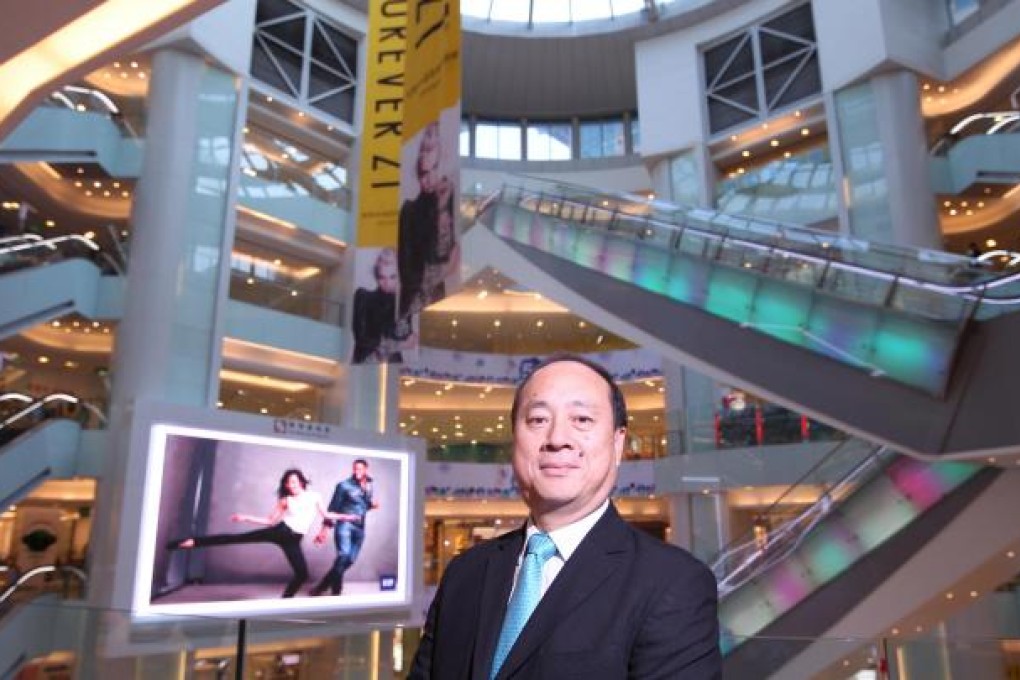Sun Hung Kai's Beijing manager Ian Choy has learned to adapt
Sun Hung Kai's man in the capital has seen shopping malls evolve rapidly, and remembers some of the early challenges

Fifteen years ago, the concept of a "shopping mall" was still new in Beijing when Ian Choy Chi-keung, chief local representative of Sun Hung Kai Properties, was tasked with opening a new shopping mall in the city.
Today, in the 10 major districts in Beijing's city centre, there are 62 malls that act as magnets to draw shoppers into the large complexes in which they are located.
"My job, in January 1998, was to prepare the opening of the former Beijing Sun Dong An Plaza [since rebranded as Beijing apm]. At the time there were only a few shopping centres with floor areas of more than 100,000 square metres," recalled Choy, who was speaking by phone from his office in Beijing.
The first challenge was to hire staff to manage the mall.
"The concept of property management was not understood at the time," said Choy. Instead there was a simple concept of "service" and applicants thought it was easy to serve people and all they needed to do was simply stand in the mall and serve customers.
"So we had to train them how to serve the shoppers and in the end we hired staff from the hotel industry since they were well-trained to serve hotel clients."
Beijing apm on Wangfujing Street, one of the most famous shopping streets in Beijing and a Mecca for tourists to the city. So from the day the shopping centre opened most of the visitors were tourists.